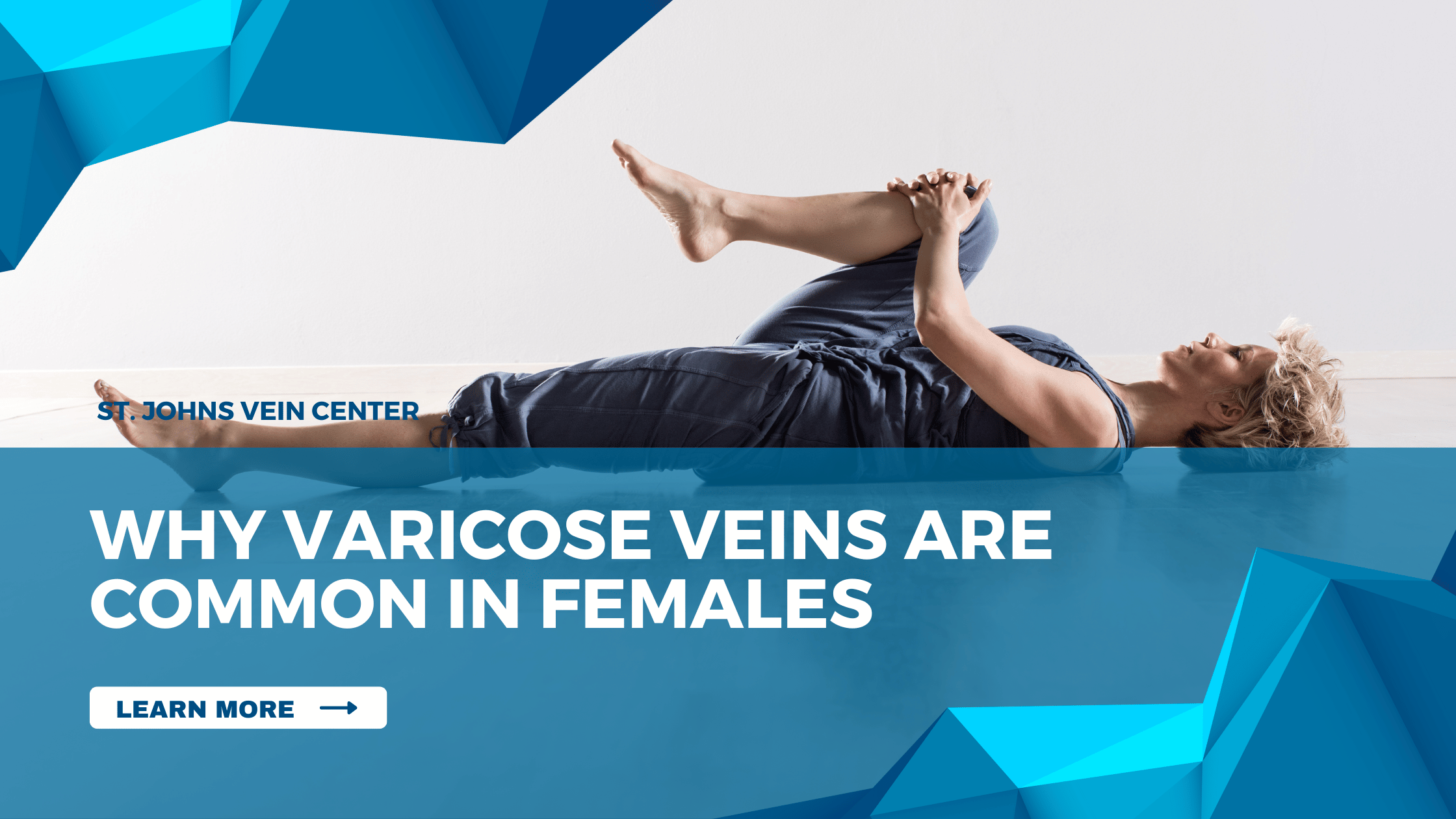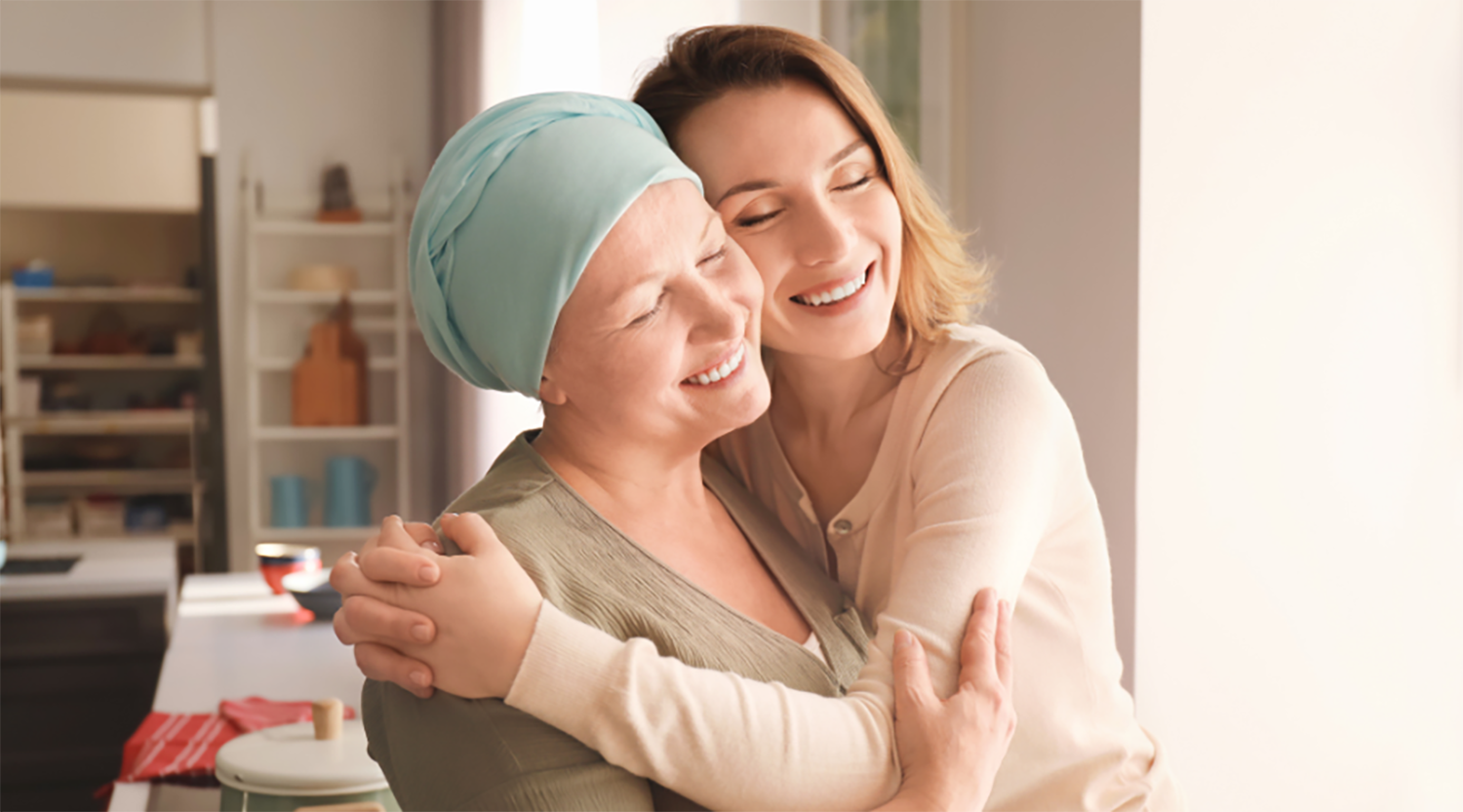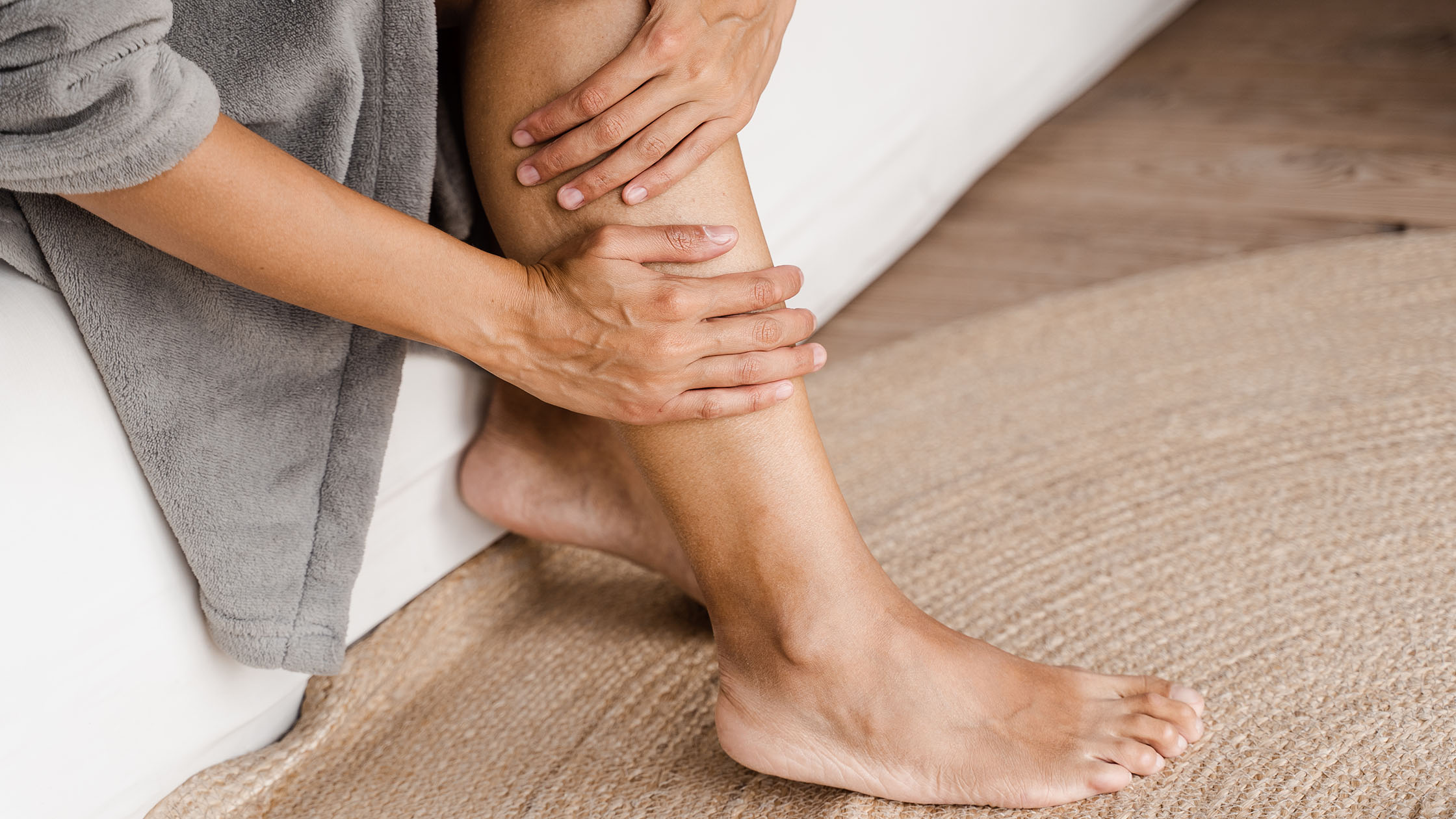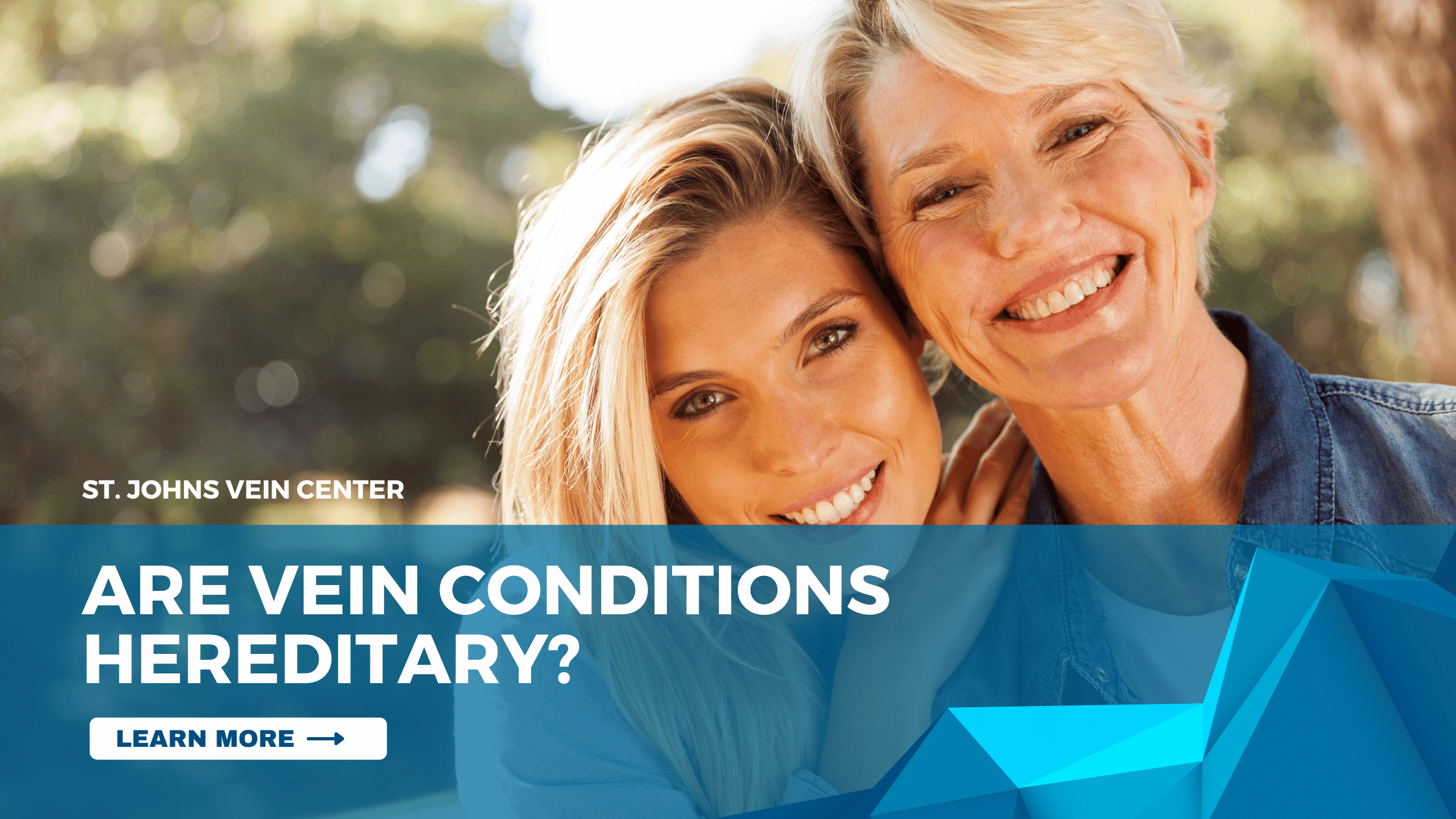Varicose veins are a common problem among women, affecting up to one third of the female population. In this article, we’ll look at why varicose veins are common in females and explore the causes and treatments available for managing varicose veins. We’ll also cover what you can do to reduce your risk of developing varicose veins if you don’t already have them. So read on to learn more about this condition today!
What are Varicose Veins?
There are many factors that contribute to why women are more prone to varicose veins than men. For one, pregnancy puts a lot of strain on the body and can cause the veins to become more pronounced. Additionally, hormonal changes during puberty, menstruation, and menopause can also cause the veins to become more visible. Finally, being overweight or obese can put extra pressure on the veins and cause them to bulge.
Risk Factors for Varicose Veins
There are many risk factors for varicose veins, but women are more prone to this common problem for a few reasons. First, pregnancy can cause an increase in the size of your veins and make them more likely to become varicose. Second, hormonal changes during menopause can also cause your veins to become weak and enlarged. Finally, being overweight or obese puts extra pressure on your veins and makes them more likely to become varicose.
Causes of Varicose Veins in Women
There are several reasons why women are more prone to developing varicose veins than men. For one, pregnancy puts a lot of extra strain on the body, which can lead to the development of varicose veins. Additionally, hormonal changes during puberty, menopause, and pregnancy can also contribute to the formation of varicose veins. Finally, standing or sitting for long periods of time can also cause varicose veins to form.
Symptoms of Varicose Veins in Women
When it comes to varicose veins, women are more prone to developing this common problem for a variety of reasons. For one, pregnancy can put added pressure on the veins in the legs and cause them to become swollen and twisted. Additionally, hormonal changes during puberty, menopause, and other points in a woman’s life can also contribute to the development of varicose veins.
The most common symptom of varicose veins is pain or aching in the legs. Other symptoms may include:
- Swelling in the legs
- Heaviness or cramping in the legs
- Restless legs
- Skin discoloration around the affected area
- Itching or burning sensation around the affected area
Treatment Options for Varicose Veins
There are many different treatment options available for varicose veins. Some of the most common treatments include:
- Sclerotherapy – This is a procedure that involves injecting a solution into the affected vein. The solution will cause the vein to collapse and eventually disappear.
- Endovenous Laser Therapy (EVLT) – This is a minimally invasive procedure that uses laser energy to destroy the affected vein.
- Surgery – This is usually only needed in severe cases where other treatments have not been successful. Surgery involves removing the affected vein through an incision in the skin.
Prevention Tips for Avoiding or Minimizing Varicose Veins
There are a few things you can do to prevent or minimize the appearance of varicose veins. First, avoid sitting or standing for long periods of time. If you must sit or stand for long periods, try to move around every few minutes to get the blood flowing. Second, exercise regularly. This helps to keep the blood flowing and prevents pooling in the legs. Third, wear loose-fitting clothes and avoid constrictive clothing such as tight jeans or belts. Fourth, elevate your legs when possible to help reduce swelling. And finally, support your legs with compression stockings. These stockings help to reduce swelling and improve circulation.
Conclusion
So, why are varicose veins more common in females? While there is no definitive answer, it is likely due to the hormonal changes and increased pressure on the lower body during pregnancy. Thankfully, varicose veins can be treated with lifestyle changes and medical procedures if needed. It’s important for women to speak with their doctor about any concerns or symptoms of varicose veins so that appropriate treatment options can be discussed and weighed against one another.




